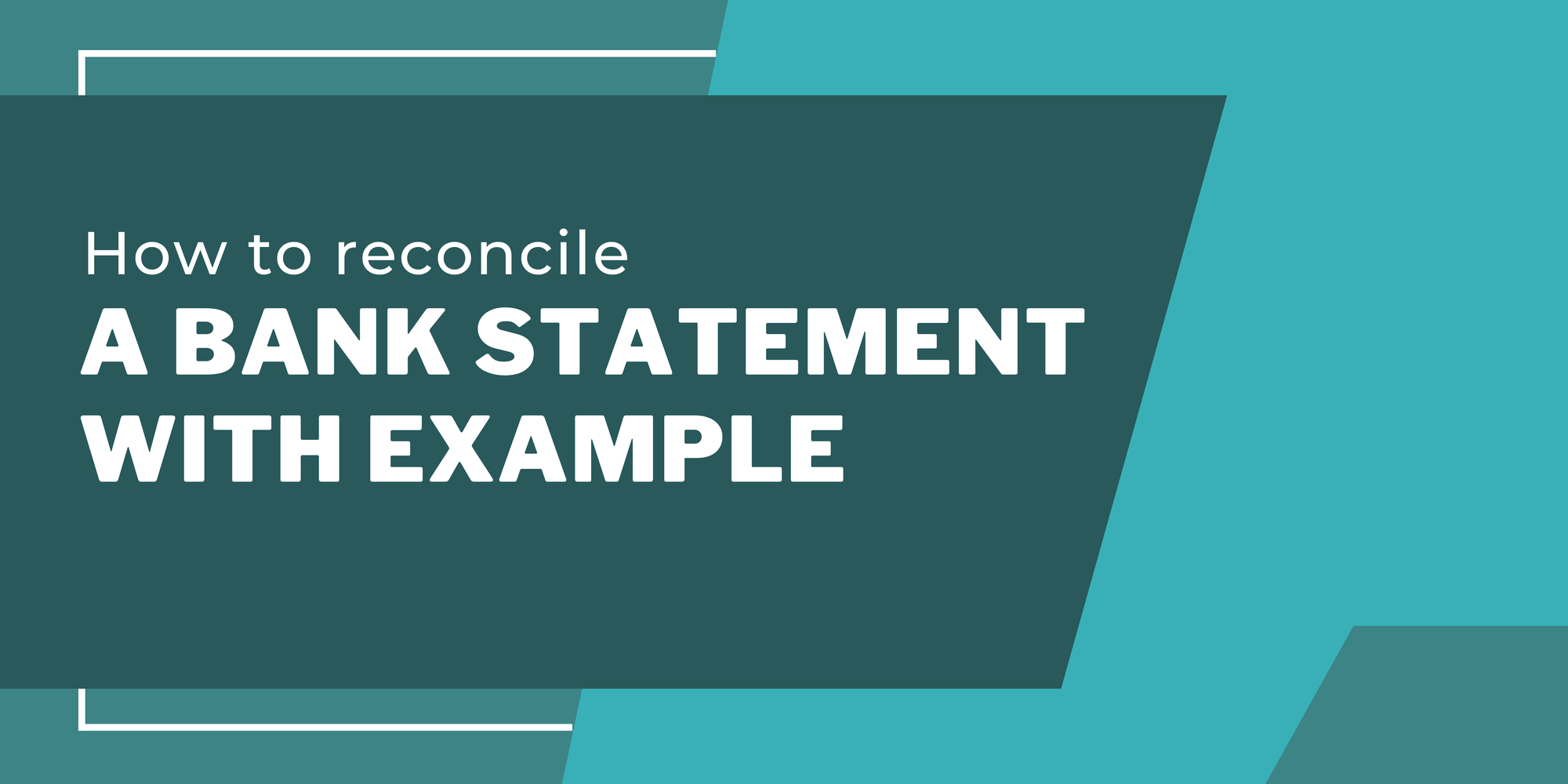How To Reconcile a Bank Statement Example

Mastering Bank Reconciliation: A Step-by-Step Guide with Practical Examples
Understanding the Importance of Bank Reconciliation for Small Businesses
While small businesses often rely on accounting software, it's crucial to regularly match their bank statements with their own financial records. This process, known as bank reconciliation, is key to maintaining accurate business records and identifying any inconsistencies, errors, or potential fraud.
This article will explain what bank reconciliation involves, outline the steps to perform it, highlight common problems encountered during the process, and illustrate with a bank reconciliation example.
What Is A Bank Reconciliation Statement
A bank reconciliation statement is like a financial checkup for a company. It looks at how much money the company thinks it has in the bank (according to its records) and compares that with what the bank says.
The main job is to find and fix any mistakes or differences between the two. This statement is important because it makes sure that the company's money records are correct and match up with what the bank says.
Why Bank Reconciliation Matters
This practice of doing bank reconciliation is vital for maintaining precise records, preventing fraudulent activities, and resolving any discrepancies. The frequency of bank reconciliation varies, depending on the business size and transaction volume. While some large businesses reconcile daily, most do it monthly.
Regular bank reconciliation is essential, regardless of whether records are kept manually or using bookkeeping software, which simplifies the process by integrating bank data directly.
Steps for Effective Bank Reconciliation
- Acquire Bank Records: Obtain your transaction list through online banking, bank statements, or direct data sharing with your accounting software.
- Collect Business Records: Access your company's financial ledger, usually maintained in spreadsheets, logbooks, or accounting software.
- Identify a Starting Point: Begin from the last instance your books matched your bank account balance.
- Review Bank Transactions: Ensure all bank deposits and withdrawals are reflected in your statement.
- Verify Book Entries: Match your financial records against bank statements for every transaction.
- Correct Bank Statements: Adjust for discrepancies like outstanding checks or bank errors.
- Update Cash Balance: Adjust your records to reflect all transactions accurately.
- Compare Final Balances: Ensure the adjusted records and bank statement balances match.
Benefits of Regular Bank Reconciliation
- Detects theft and unusual transactions.
- Tracks bank transactions, fees, and penalties.
- Maintains accurate receivables and payables records.
- Identifies missed or duplicate payments.
Common Reconciliation Issues
- Returned checks after deposit.
- Cleared voided checks.
- Double payments due to uncleared voided checks.
- Unresolved missing and uncleared checks.
Bank Reconciliation Example
Consider a new business that started with a $10,000 bank deposit. After writing checks totaling $5,000 and depositing $2,000, the company's book balance is $7,000, while the bank shows $5,975.
Discrepancies include an unprocessed $2,000 deposit, a $25 bank service fee not in the books, and a $1,000 uncashed check. Reconciling involves adjusting these transactions to match the balances at $6,975.
To wrap up
Mastering the process of bank reconciliation is essential for small businesses to maintain accurate financial records. This step-by-step guide with practical examples highlights the importance of regularly comparing bank statements with internal records.
Bank reconciliation serves as a financial checkup, helping businesses identify and rectify discrepancies, errors, or potential fraud. By understanding the steps involved, the frequency of reconciliation, and the benefits it offers, businesses can ensure the precision of their financial data.
In essence, this guide empowers small businesses to detect and address financial irregularities, maintain accurate records, and foster financial integrity.